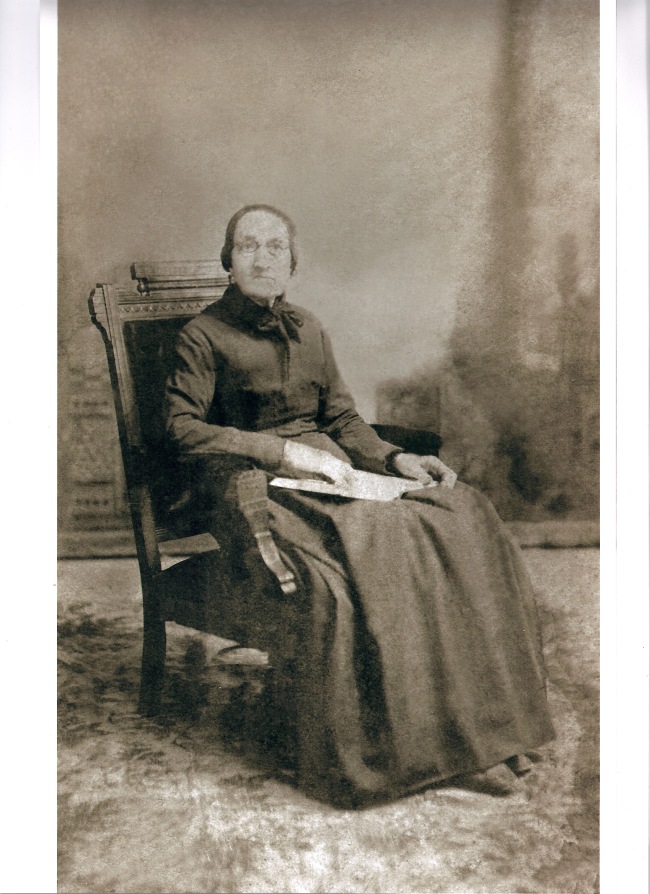The purpose of the Buddhist canonical literature is to preserve the teachings of the Buddha. To that end there is no intent to create a biography of the Buddha, or anyone else.
Having said that, one of the things I love about the canon is how human the people are, how real they are, and there are many lovely anecdotes that give us insights into the people of the Buddha’s time.
Without question one of my favorite people – perhaps my most favorite – is Ānanda.
The bare details of Ānanda’s life are that he was the Buddha’s cousin, although much younger (about 20 years) than the Buddha. When the Buddha started teaching, he had a series of attendants. Eventually the Buddha chose Ānanda as his attendant, and from there on until the Buddha died, Ānanda served in that role.
The more revealing facts about Ānanda are more interesting. Ānanda is in a certain sense everyman, or every person. He asks the Buddha questions that we might ask. He makes mistakes that we might make. He is wonderfully warm, mistake prone, and human.
To be sure, I don’t want to make him out to be some sort of bumbling idiot. In particular Ānanda was supposed to have an extraordinary memory. If you read the many thousands of pages in the Buddhist canonical literature, most of this literature is due to Ānanda remembering it. I used to think this was sort of a folk tale, but we have a modern version of Ānanda. During the Watergate scandal, John Dean remembered details from years and years of meetings: who was there, who said what, and so forth, and this was years after the events occurred. When the White House tapes were discovered, they confirmed absolutely John Dean’s extraordinary memory
It is also hard to tell how much of the characterization of Ānanda in the canon is the result of later revisionism. Ānanda is dealt with quite harshly in some places in the canon. This is most notable in the Parinibbana Sutta. The Parinibbana Sutta is the story of the Buddha’s final days. According to it, three times the Buddha gave Ānanda the opportunity to ask the Buddha to use his will and power to live longer. Ānanda is supposed to have sort of spaced out, not realizing what the Buddha was saying, and thus the Buddha came to die. In a certain sense the sutta accuses Ānanda of being responsible for the Buddha dying. Ouch.
However, when you read the whole of the literature this story seems terribly out of character for Ānanda. One reason that I love Ānanda so much is his completely selfless devotion to the Buddha. Ānanda even short-circuited his own practice in order to serve the Buddha. It is hard to imagine anyone being more devoted to another person than Ānanda was to the Buddha.
So in the context of the whole of the canon, this story does not make much sense. And since according to tradition, the Buddha’s discourses as we have them are largely a result of Ānanda remembering them, how did he come out so badly?
Well, there are two things that come to mind, and the canon itself gives some indication that both of these things are true.
First of all, as the Buddha’s attendant, he was the gatekeeper, like the White House Chief of Staff. If you wanted access to the Buddha, you had to go through Ānanda. And Ānanda, given his complete devotion to the Buddha, was not going to let him be disturbed unless absolutely necessary. Thus, without question there was a lot of jealousy about Ānanda and his privileged position.
The other issue has to do with the ordination of women.
As I have written in the past, the Buddhist tradition has at times been quite shameful in its treatment of women. However, the Buddha himself did ordain women as nuns, which in India at the time was quite revolutionary.
According to the canon, however, it was actually Ānanda who convinced the Buddha to ordain women. The whole issue of the ordination of women in Buddhism is somewhat complicated, but at this point we are concerned mainly with Ānanda’s role, which is as the champion of women in the Dhamma. For this women have always regarded Ānanda in a special way. Even after women started to ordain, Ānanda is supposed to have been particularly supportive of them in their practice, helping to train and instruct them.
However, just as this gave him a special place among them women of the Dhamma, this also served to earn him ill repute among many of the men of the Sangha. Thus, we have a little post-Buddha (and presumably post-Ānanda) revisionism.
I am happy to say that I am not the only person who has come to this conclusion. I have been told that Ajahn Sucitto believes this as well (although to be sure I cannot at the moment find any confirmation of that). Nonetheless it is my opinion (!) that some of the inconsistencies in the canon about how my dear Dhamma brother Ānanda is treated is due, in fact, to his impeccable character, his courage, and his devotion to “Dhamma as truth”. And I don’t think that is much of a stretch. I approached my reading of the canon with “beginner’s mind”. I didn’t have any choice. I came from a place of complete ignorance. That turned out to be a real blessing. I had a mind unsullied by knowledge or experience. Sometimes the things you “know” are the most dangerous.



